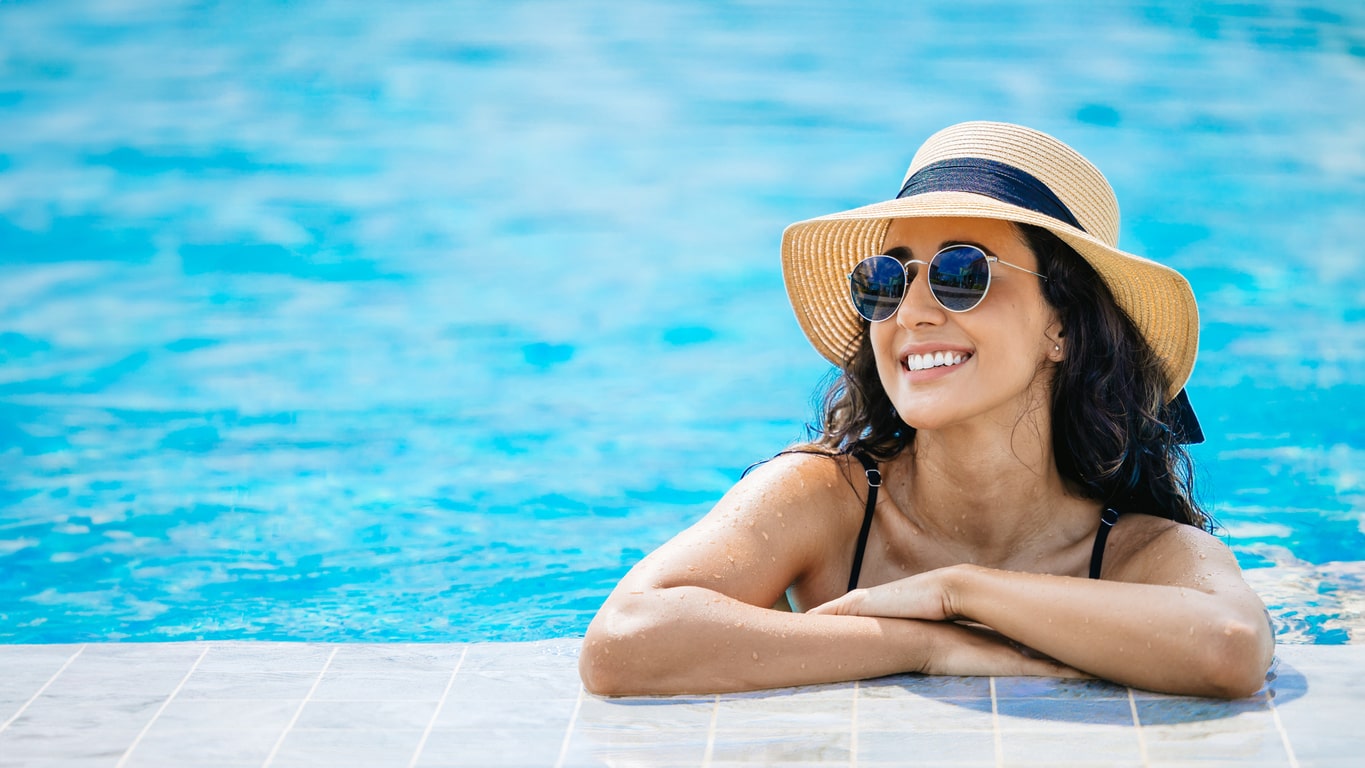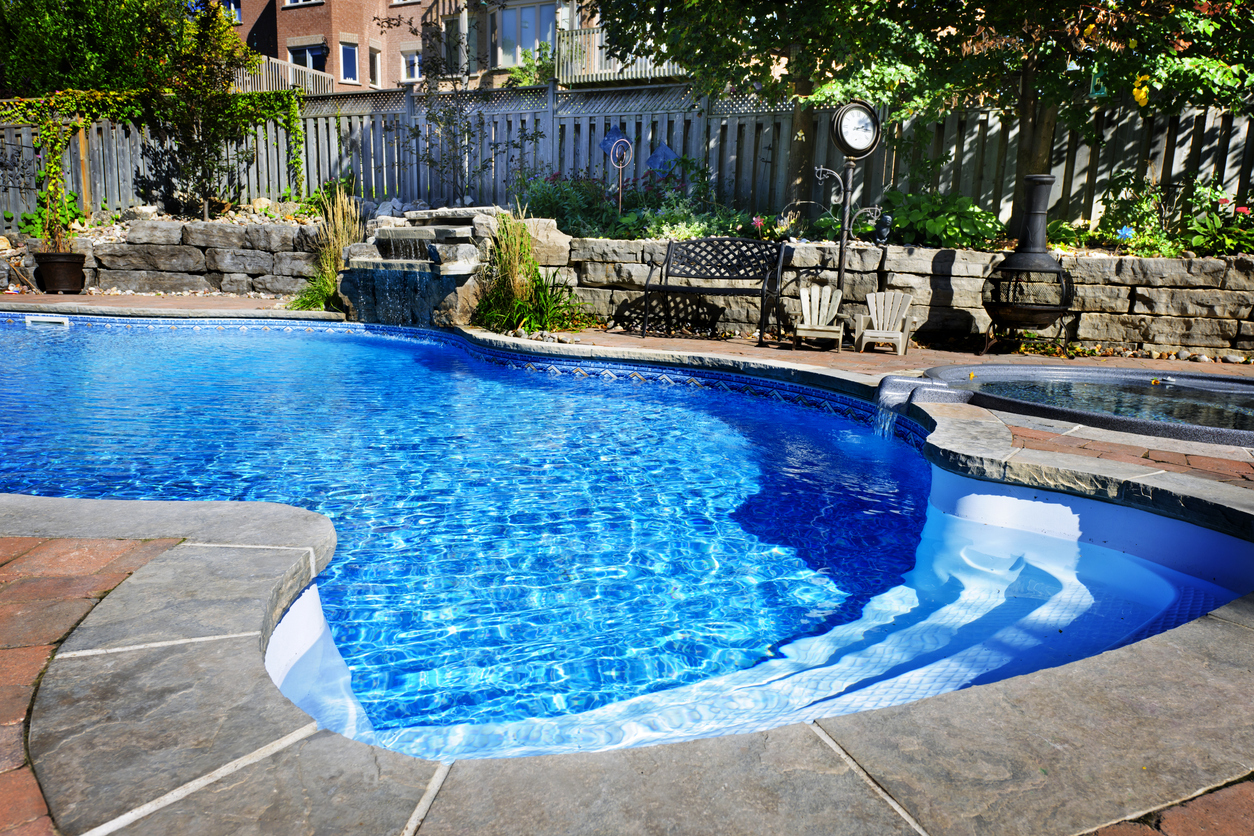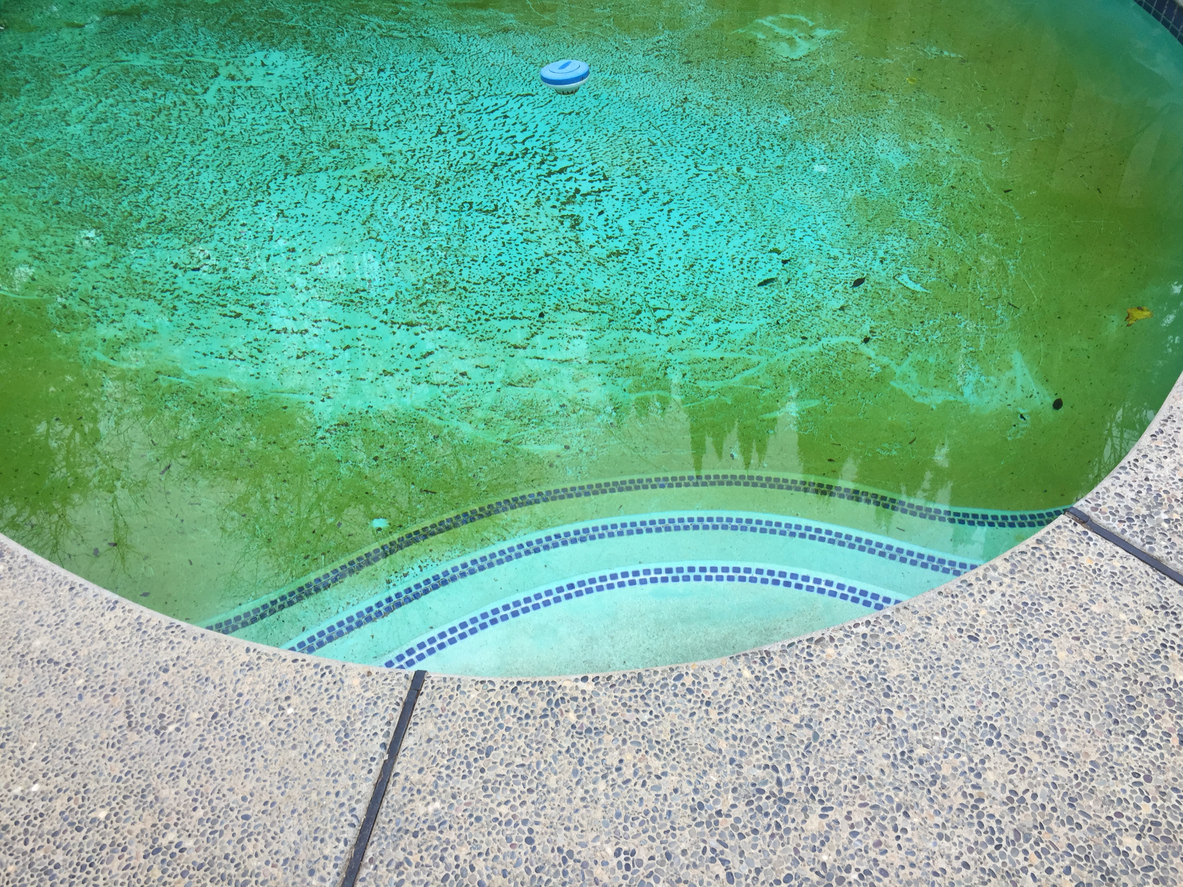Pool Safety: Essential Tips for Keeping Your Family Safe
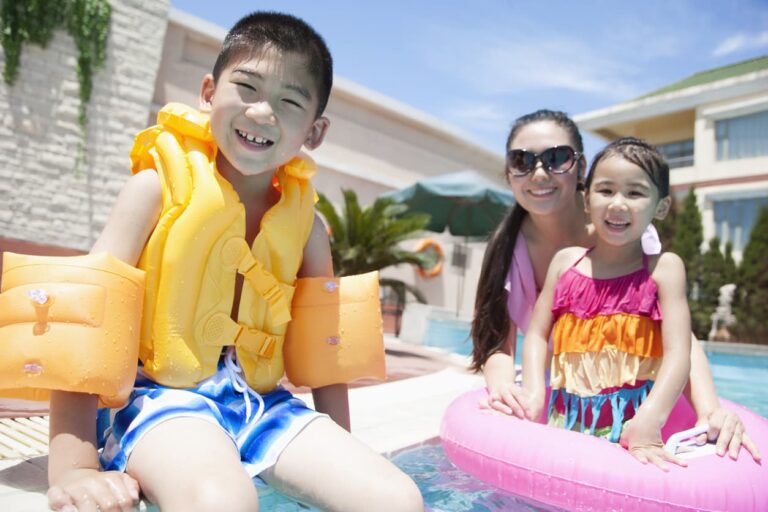
Family members of all ages can enjoy fun in the sun when you own a backyard pool. From teaching your children to swim to going for a midnight dip on hot summer nights, the joys of pool ownership are never-ending. But nothing spoils pool day excitement like safety concerns and accidents.
Keeping safety paramount is essential while enjoying an afternoon by the pool. Our experts here at SPS PoolCare have gathered our top tips for protecting the entire family around the pool, especially little ones.
Supervision is Key

Never leave children unattended near or in a pool. In an emergency, an adult who knows how to swim should always be present and vigilant, providing extra safety and protection for children or non-swimmers.
In a journal article published by the AAP (American Academy of Pediatrics), experts claim that another important aspect of adult supervision at the pool is water safety education so adults can easily recognize when a child or novice swimmer is in distress.
Recognizing Signs of Drowning
While many people may assume it’s easy to tell when someone is drowning, a struggling swimmer can often go unnoticed. Despite the common belief that most drowning victims are children, adults can also experience it. Norton Healthcare urges readers to remain vigilant for signs of drowning, such as:
- Head low in the water with mouth at water level
- Head tilted back with mouth open
- Eyes glassy or closed
- Hair over the forehead or eyes
- Not using legs and vertical in the water
- Hyperventilating or gasping
- Trying to swim in a particular direction but not making progress
- Trying to roll over on the back
- Appears to be climbing an invisible ladder
SPS PoolCare is proud to partner with the National Drowning Prevention Alliance (NDPA) to help raise awareness about water safety. The NDPA promotes several key “layers of protection” for establishing safety around your pool. These include creating barriers and alarms (such as having secure gates and fencing around your pool), supervising swimmers, ensuring that you and those using your pool are equipped with basic water safety and swimming skills, using life jackets, and having emergency preparedness skills, including knowing CPR.
Install Fencing
Pediatricians have found that the most effective strategy for preventing the drowning of young children is by installing appropriate fencing around both above-ground and in-ground pools. Children cannot enter the water if left unsupervised or if they slip away from their caretakers in a fenced-in pool.
When choosing a pool fence, consider state requirements for height, as many states require at least a four or five-foot fence. You should also ensure no gaps more significant than three or four inches so little ones can’t slip through. Install a latching gate out of reach from kids, around four or five feet off the ground.
Use Appropriate Safety Gear
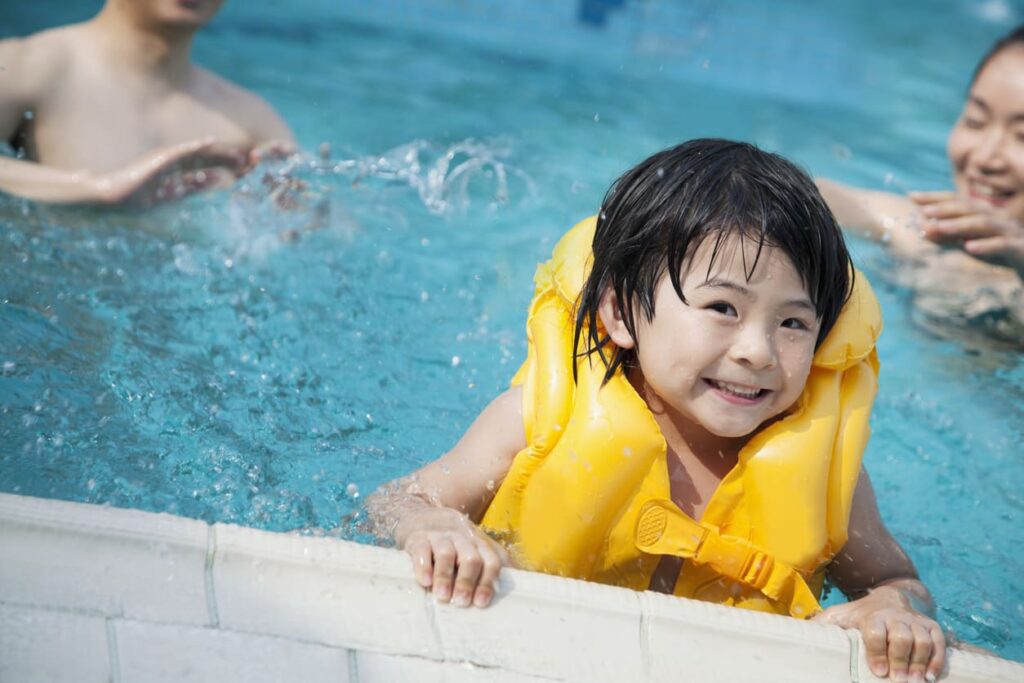
Ensure young or novice swimmers wear water safety gear, like life vests. The equipment you choose will depend on your age and swimming skills. For infants, many parents choose to use a baby swim float. The AAP suggests always staying within arm’s reach of your baby while they’re in the pool.
Toddlers still learning to swim should wear a life jacket in the pool. The NDPA recommends choosing a life jacket corresponding to your child’s weight and ensuring it’s U.S. Coast Guard-approved. You should also perform a fit test on your child’s life jacket.
How to Perform a Life Jacket Fit Test on a Child
Even if your child falls into a life vest’s weight range, there’s a chance it could not fit, so it’s essential to perform a fit test before you buy a life jacket and before your child starts swimming. Perform a fit test yearly, when swim season begins, to ensure the life vest still fits.
The UC Davis Children’s Hospital suggests some steps you can take to ensure a good life jacket fit:
- Ensure the jacket or vest has no tears or leaks
- Make sure all of the buckles can be fastened securely
- Lift your child by the shoulders of the jacket and ensure the jacket doesn’t ride up over their chin or ears. If it does, size down.
Set Pool Rules
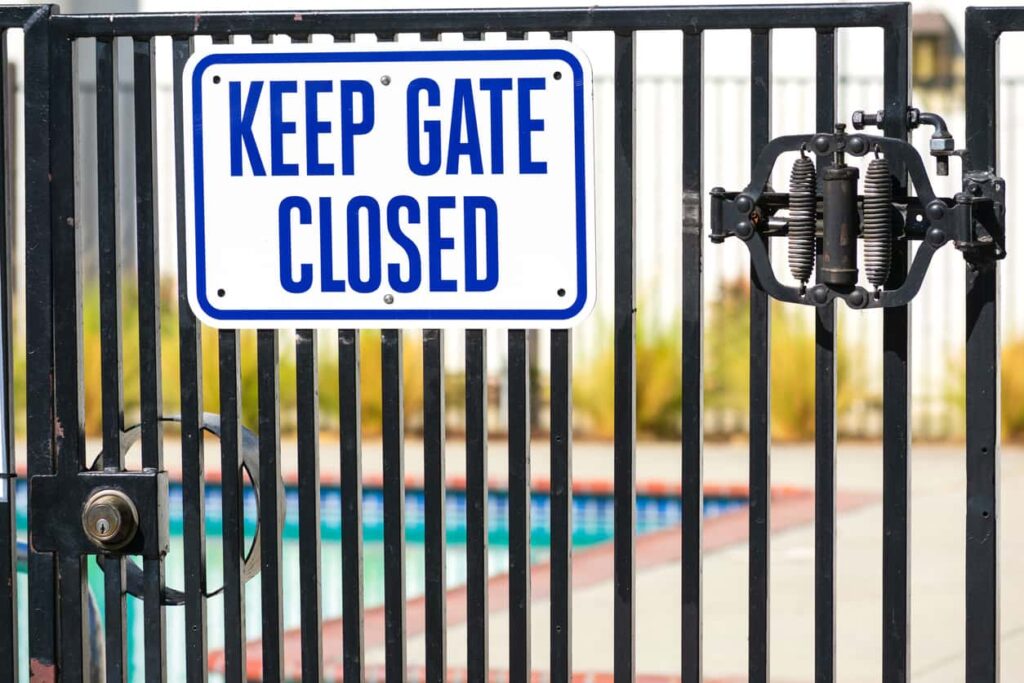
Establish and enforce strict pool rules, like no running on the pool deck, no diving in shallow water, and always having a buddy in the pool. If you have frequent visitors to your pool, especially young guests, post these near your pool in large print so it’s easy to read.
Learn CPR
In an emergency, adults at the pool must know CPR. This life-saving measure can differentiate life and death in drowning cases. The American Red Cross offers CPR classes nationwide and online, so you can get certified in a few hours.
Keep Your Pool Safe and Clean with SPS PoolCare
If you need help installing pool safety equipment, SPS PoolCare is the name to remember. With the help of our friendly, professional pool technicians, you can add extra layers of protection to your pool. We can also help you keep your pool sparkling clean and ready for summer fun.
You’ll find top-notch pool maintenance and repair services at our local branch locations across the U.S. Reach out to us today to enjoy worry-free pool ownership and upkeep.
